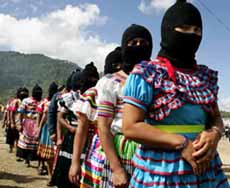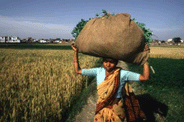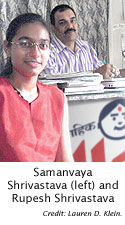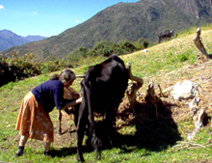WOMEN These are articles previously published by Toward Freedom related to this category.

WOMEN These are articles previously published by Toward Freedom related to this category.


On 31 October 2000, the UN Security Council adopted unanimously Resolution 1325 (2000) urging "Member States to ensure increased representation of women at all decision-making levels in national, regional and international institutions and mechanisms for the prevention, management and resolution of conflicts." Resolution 1325 on Women, Peace and Security was the first time that the UN Security Council acknowledged that women play a key role in promoting sustainable peace and stressed the participation of women in peace processes from the prevention of conflict, to negotiations, to post-war reconstruction and reconciliation.

October 16th is the UN's Food and Agriculture Organization's World Food Day - a yearly reminder that there are people who are constantly hungry due to poor agricultural methods, inadequate distribution, poor food storage, and armed conflict.

Three years ago Lakshmi Bhagel, a dishwasher earning about $2 a day, wandered through the doors of a newspaper she'd heard about from a friend. She was nervous, and though illiterate, she had reason to hope the editors might publish her story. Without hesitation the editors of Mahila Paksh--a weekly, family-run broadsheet in the central Indian city Gwalior--sat down and listened to Bhagel. They told her she could do more than talk to the editors: She could report her own story for the paper.

Sara walks into the neighborhood clinic where I am volunteering in rural Venezuela, in a municipality of less than 15,000 people situated in the Andes mountains. Besides tourism, agriculture fuels the local economy, which is dependent on small farms. Sara visited today for her checkup. She's 35 and has lived here all her life. "Before this clinic was here, I never went to the doctor," she explains.

Spotting Grace Paley anywhere -- at a march, or on the street in Greenwich Village, and particularly in the crowded rooms of New York literary soirees -- was like coming upon a sunny isle of sanity in a world gone mad with hasty, hardened greetings, glittering costumes, and too much patience with the intolerable.
Copyright Toward Freedom 2019